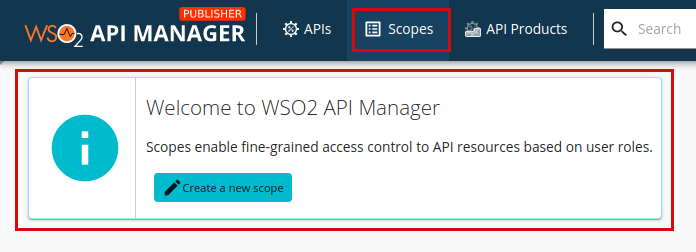

In these cases, you can make them available to each Vue instance by defining them on the prototype: Vue.prototype.$appName = 'My App'
#Google prototype scopes code#
Place this code in the script tags you just created.Īpp.There may be data/utilities you’d like to use in many components, but you don’t want to pollute the global scope. Add the code for AngularJS to pull in the JSON feed and set up the angular application.

Add the AngularJS code in the header of your HTML file: Ģ. We need to do the following to get AngularJS added to your HTML file:ġ. Now that you have access to the Google Sheets data in JSON and we can read the data, let’s get it on a page. Cell A1 “Tool Name” equates to gsx$toolname. If you look at each object under entries, you might also notice that each column in our Google Sheets is represented here prepended with gsx$, with spaces removed and lowercased i.e. If you were to copy/paste the data that was output in the browser and then place it into the lint validator, you might look through it and see most of the information we want under the feed.entries objects. Let us dive into the data to get a better understanding of what is going on. We now have access to the Google Sheet in JSON form. Copy this new URL and paste it into a browser to confirm that you have the data. Copy/paste the unique identifier into unique-identifier in the code below: 1vFAgyxmwrKWn9Bss3vmk5GKqn1QEZVspVTg6eMINMcc/1/public/values?alt=jsonħ. Unique Identifier: 1vFAgyxmwrKWn9Bss3vmk5GKqn1QEZVspVTg6eMINMccĦ. 1vFAgyxmwrKWn9Bss3vmk5GKqn1QEZVspVTg6eMINMcc/pubhtml Find the Sheet’s unique identifier in the URL: Copy the URL link and paste the URL into a text editor.ĥ. Click Publish for the entire document or sheets you want available on the web.Ĥ. Get a JSON Feed of the Google Sheet DataĢ. Here is an example Google Sheet with a list of tools: To illustrate the core of what I’ve been working with, I created a Google Sheet with a list of tools and attributes. If that happens, you can run that data through a lint validator to add some structure. JSON is a way to organize your data nicely into groupings of attributes and values for those attributes, which makes using it relatively intuitive. Sometimes, JSON files may be given to you without the formatting, which can be overwhelming. I still didn’t understand everything from these tutorials, so I have detailed my learnings below. Further exploration uncovered a tutorial for using Google Sheets with AngularJS. We had initial designs for the application, but we wanted to take it further and create an interactive version to see if developing the tool would be worthwhile. I searched around online and came across a way to publish a Google Sheet in JSON. I asked for feedback from potential users along the way and updated the designs accordingly. This helped reduce the project risk by gut-checking the hypotheses along the way. Once I was relatively happy with them, I started to develop a simple visual design pattern. Keeping the mantra of minimum viable product (MVP) in mind, I quickly identified how a user might want to gain knowledge from the tools list. I sketched out a few screens. We wanted to answer questions such as, “how would people use it?” “How could we make this data more helpful?” It turned out to be a powerful and relatively simple way to get a working prototype up and running fast! I wanted to share what I learned to hopefully help other designers leverage these tools for quick prototyping.Īs part of a project, we have been documenting a list of tools and their various attributes. I wanted to test what a web application for these tools might look like and how it might function in the real world. I just spent a week prototyping with AngularJS and Google Sheets.



 0 kommentar(er)
0 kommentar(er)
